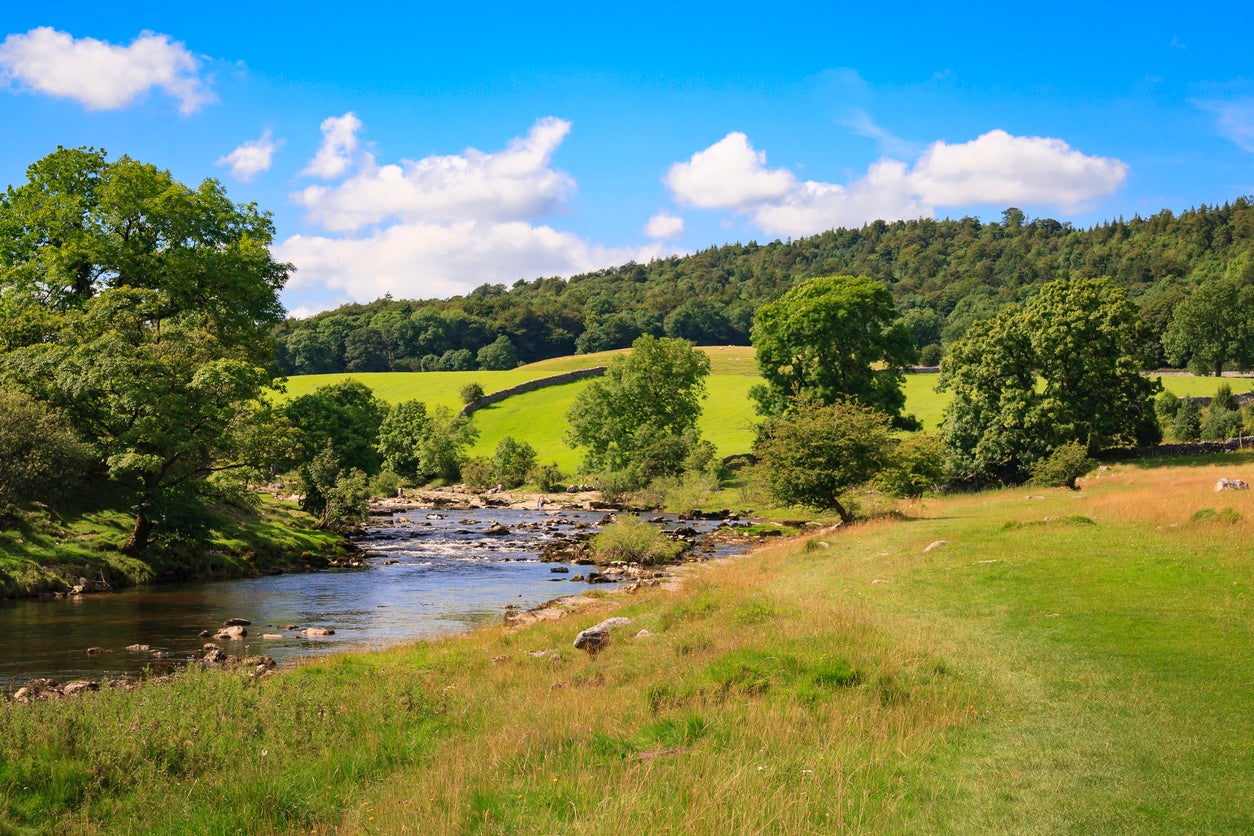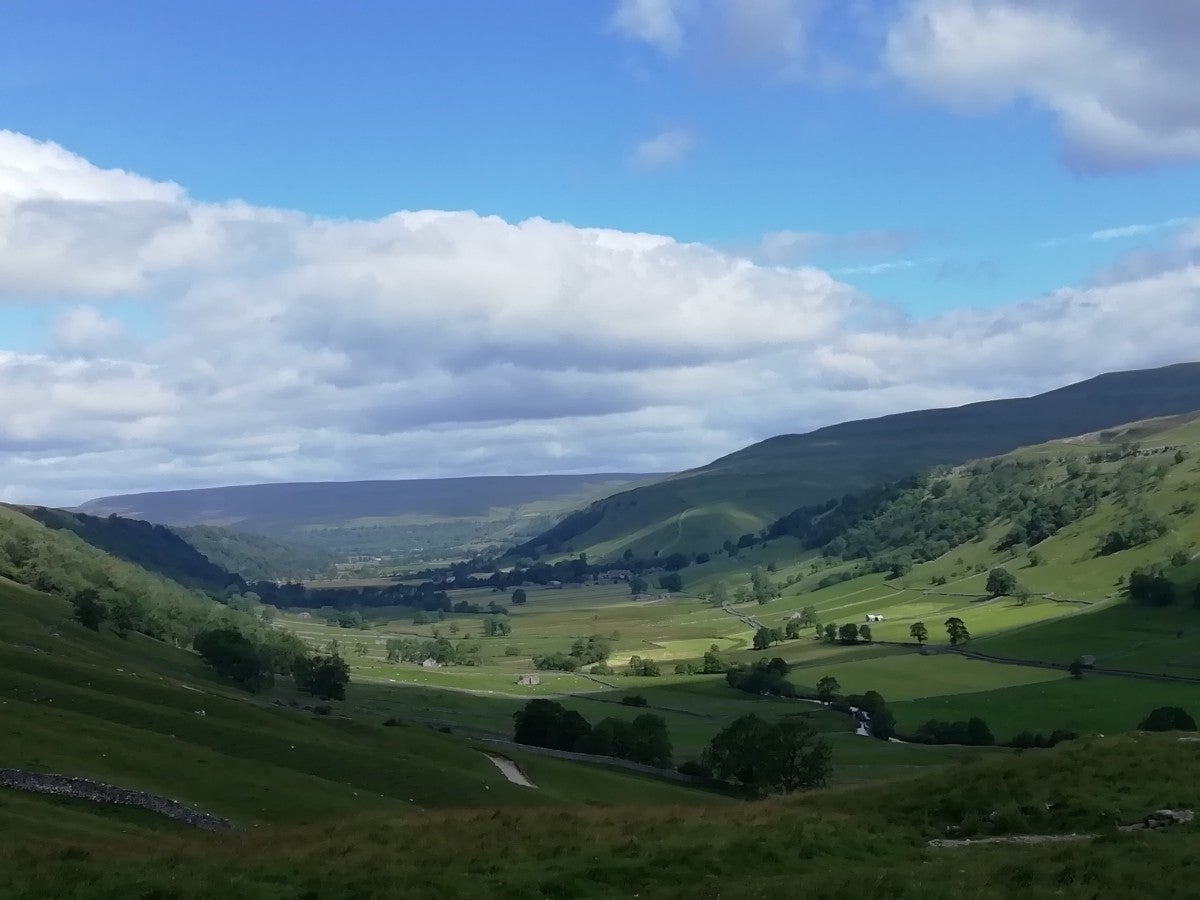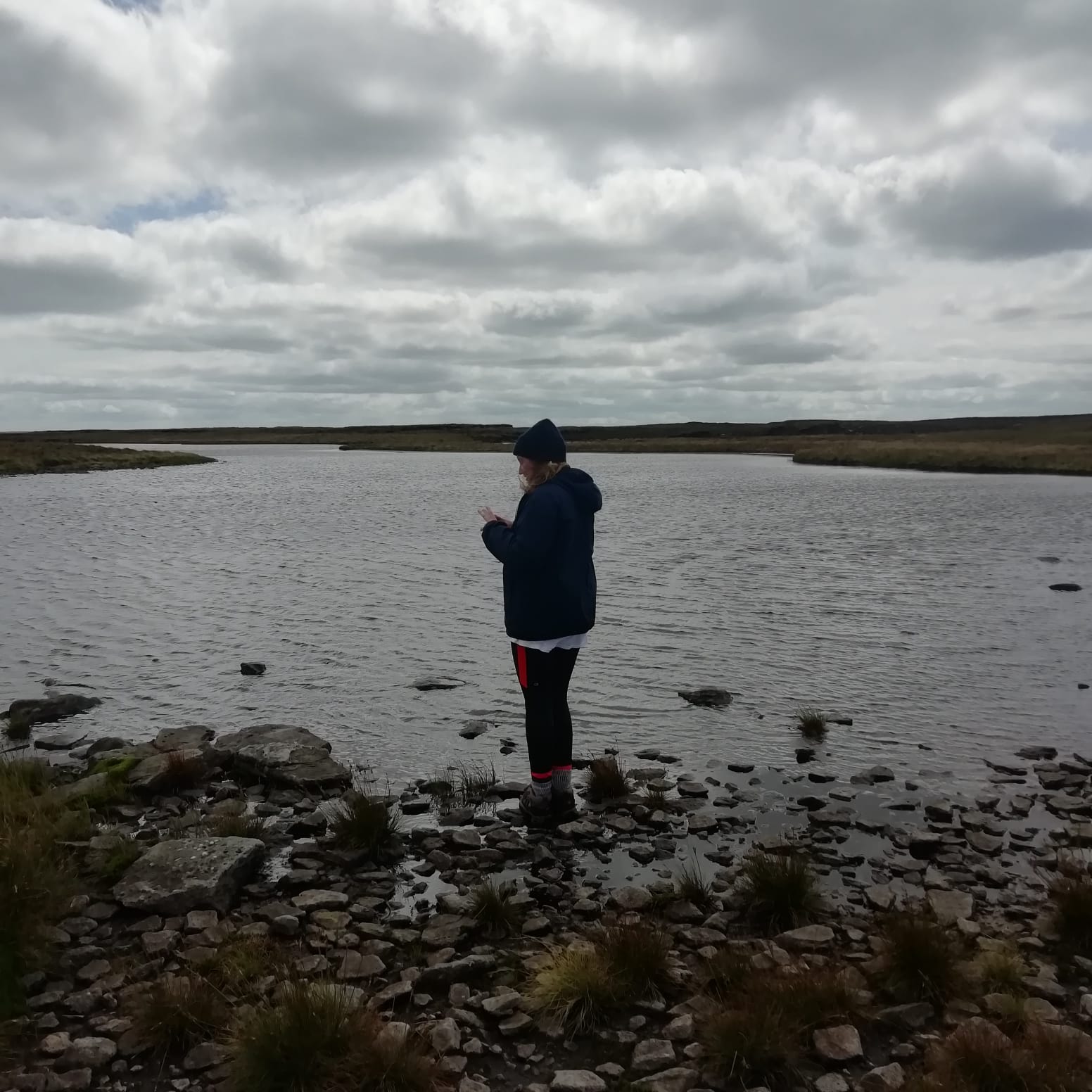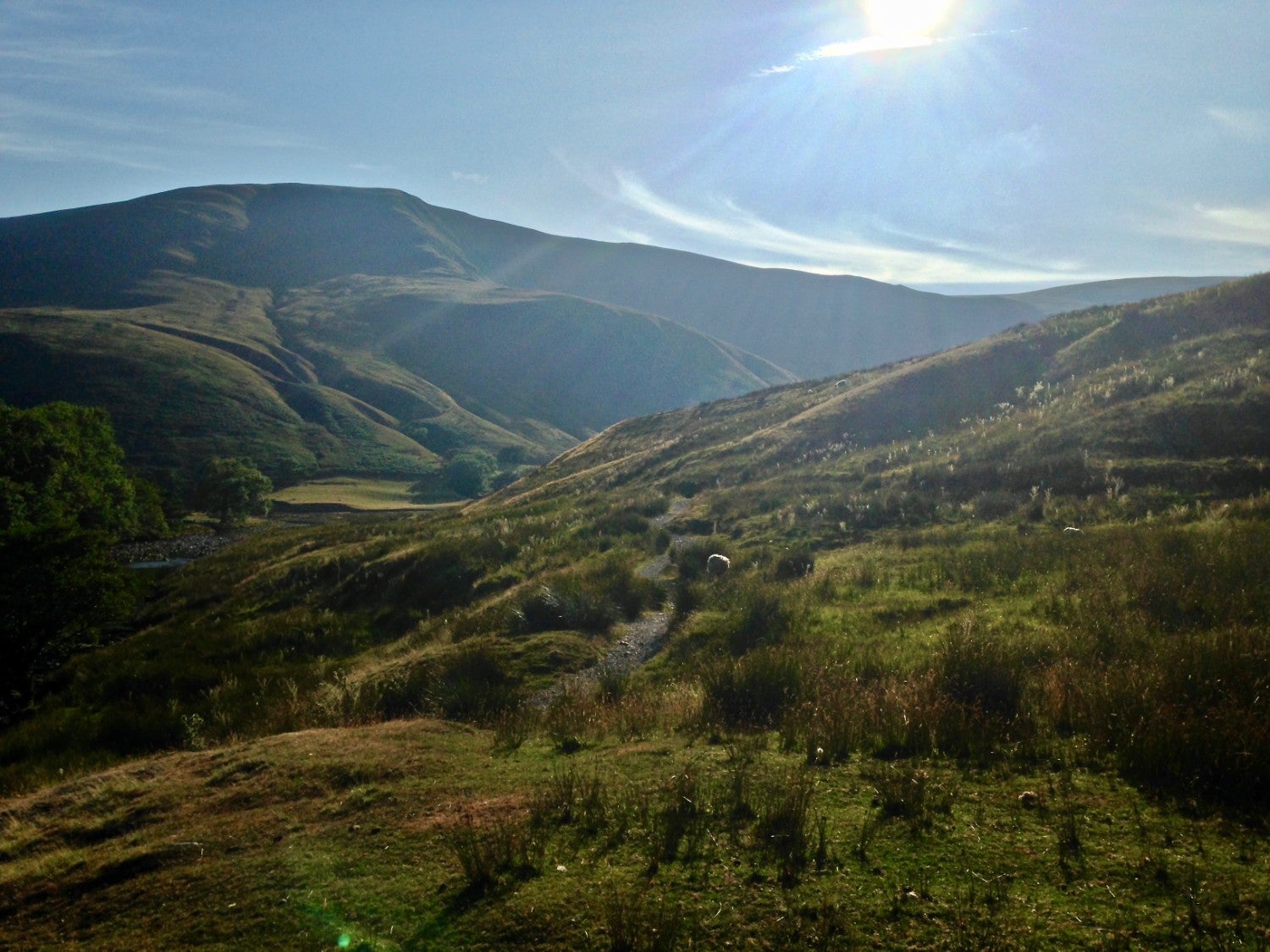Discovering the Dales 30: Why there’s more to the Yorkshire Dales than the Three Peaks
Joanna Whitehead discovers the path less trodden in the Yorkshire Dales


There are so many places in the Dales that are just empty; the walking is brilliant, but there’s nobody there. People assume the Dales is just nice, easy rolling hills, but the Dales 30 offer a real challenge and people don’t see that.”
So says Jonathan Smith, mountain leader and author of The Dales 30, a guide to the mountains of the Yorkshire and Cumbrian Dales.
Standing at about 610m above sea level, with a 30m drop on all sides, the Dales 30 are a collection of peaks – or Hewitts, in official mountain lingo – sitting within the boundary of the Yorkshire Dales National Park.
Made popular by the challenge of the same name, the “Three Peaks” – Whernside, Ingleborough and Pen-y-Ghent – have dominated when it comes to attracting visitors to explore the region’s rich mountainous terrain. High volumes of human traffic have led to the climbs becoming overwhelmed, with competitors often eschewing the scenery at the expense of the trial, and shuttling in and out of the area in less than 24 hours.
Despite guiding the Three Peaks, Smith is sceptical of their popularity.

“I’m a bit sick of the Three Peaks,” he tells me. “Not that I don’t think it’s a great challenge, but on a Saturday in summer, it can be a bit of a route-march for people. There are so many other mountains to discover around here that have nobody on them – and the contrast is amazing.”
He’s not wrong. While the Three Peaks and Malham experience high footfall all year round, vast swathes of the region are empty, even during peak school and summer holiday seasons.
Climbing Birks Fell (610m) in Upper Wharfedale at the end of July, my partner and I saw just two other couples ascending from the pretty village of Kettlewell. Upon reaching the ridge, they continued along and over to Littondale, while we trekked three further hours to the summit with only skylarks and grouse as our companions.
As one would expect from a mountain guide, Smith is keen to emphasise safety when climbing, stating that everyone attempting the Dales 30 should be in possession of a compass, a map, and the ability to use both. Many of the upper areas are trackless and it is easy to become disorientated when the cloud comes down – a common occurrence, even in the middle of summer.
He adds that his book is intended to be only a “rough guide” to the best routes up the mountain and not used as a “one-stop shop”. I would agree. I climbed Pen-y-Ghent – in January, no less! – and the difference between those more established climbs was a footpath or, in the case of Birks Fell (and, later, Yarlside), a lack thereof.
Mercifully the rain holds off, but a three-hour trek across unmarked peat bogs to the summit is no leisurely stroll. Despite multiple layers and a woolly hat, an unforgiving wind across the top means that lunch is abandoned after just five minutes due to the cold. A discussion ensues about aborting our ascent, but a glimpse of Birks Tarn – one of the largest mountain lakes in the Yorkshire Dales – lifts our spirits and we soldier on alone to a victorious summit.

Ascending to the village of Buckden, we pick up the Dales Way long-distance footpath to follow the beautiful River Wharfe back to Kettlewell.
This flat, well-trodden path stands in stark contrast to Birks Fell, but the views are equally awe-inspiring, especially after the sun makes a welcome appearance: rolling green hills, sheep-dotted meadows and dry stone walls as far as the eye can see, while the winding Wharfe offers some exceptional wild swimming opportunities.
Our circular route sees us travel 24km, with almost all of our mountain experience undertaken alone. We’ve earned our pint.
As a Yorkshire Dales resident, Smith is fortunate enough to enjoy this idyllic part of the world on a daily basis. I ask what his favourite Dales 30 mountain is.
“Buckden Pike,” he says. “It’s a great peak – it’s easy to climb and it’s got a fantastic ridge on the top which leads from the summit to the Polish War Memorial and it’s a wonderful place to wander along. It’s probably one of my favourite places in the Dales. I also like the Howgills, from Sedbergh.”
The Howgills mountain range is an upland plateau 10 miles long and five miles wide, dividing the Yorkshire Dales and the Lake District. On Smith’s recommendation, our second peak is Yarlside (639m), one of five Dales 30 mountains in this area.

We start from the 400-year-old Cross Keys Inn – one of the UK’s only temperance, or ‘dry’, pubs – and make a beeline for Cautley Spout. At 198m high, it’s England’s highest above ground waterfall and an appealing sight. As we approach, we’re joined by a handful of other walkers, who quickly veer west towards The Calf (676m), the highest point in the Howgills.
Similarly to Birks Fell, we make the punishing ascent to Yarlside alone, but the 360-degree panorama we’re rewarded with makes it all worthwhile. We’re fortunate enough to climb it on a clear and still day – walkers we speak to at the bottom tell us their previous day’s ascent had to be abandoned after a particularly gruelling hailstorm – and the views from the top are nothing short of jaw-dropping.
To the west is the Lake District, while the remote Pennines can be seen from the east. At this northern section of the Yorkshire Dales, much of the lower Dales can be observed, along with the main spine of the Howgills. Absolute peace prevails up here and the lack of other walkers makes our ascent feel magical.
Local(ish) hero Alfred Wainwright wrote in his Walks on the Howgills Fells book in 1972 that “for lovers of solitude, here on the Howgills is fell walking par excellence”. On the isolation front, little appears to have changed in almost 50 years.
Pre-pandemic, many destinations both home and abroad were suffering the ill effects of over-tourism. As well as being my homeland, it feels painful to contemplate such a special place suffering a similar fate. Smith takes a more generous view, however.
“The walking here is brilliant, yet there’s nobody walking here,” he says. “I see it as being undervalued by the authorities – the National Park don’t promote it enough as a serious walking destination. Away from the core areas of the Dales, there are plenty of businesses out there that would really appreciate the extra footfall, especially now,” he adds.
Walkers seeking a new challenge away from the crowds would do well to tackle the Dales 30, mountains that Smith maintains can and should be enjoyed in all weathers. Unparalleled views, challenging climbs and solitude in spades: underestimate these hills at your peril.
Read More: Best hotels in York
Join our commenting forum
Join thought-provoking conversations, follow other Independent readers and see their replies
Comments

Bookmark popover
Removed from bookmarks